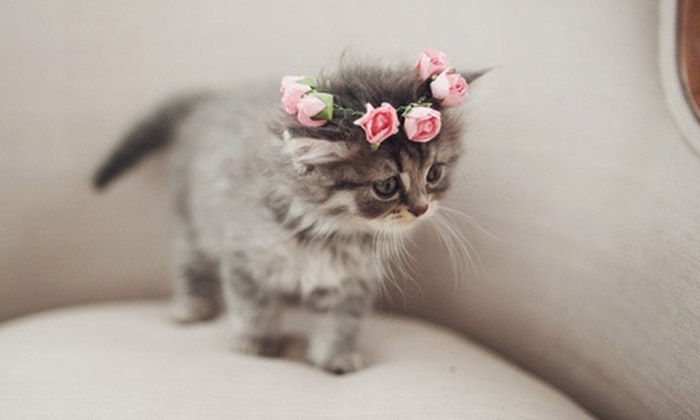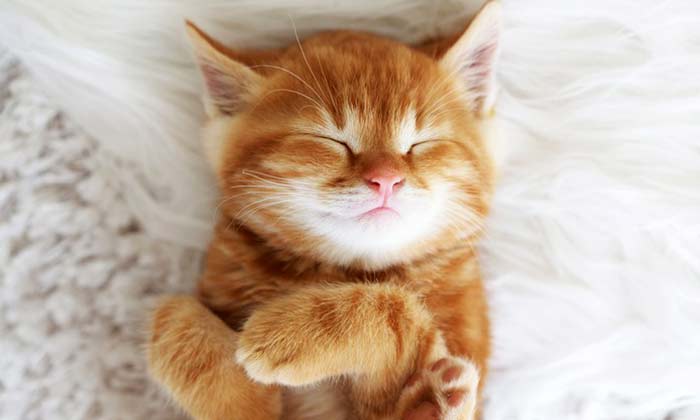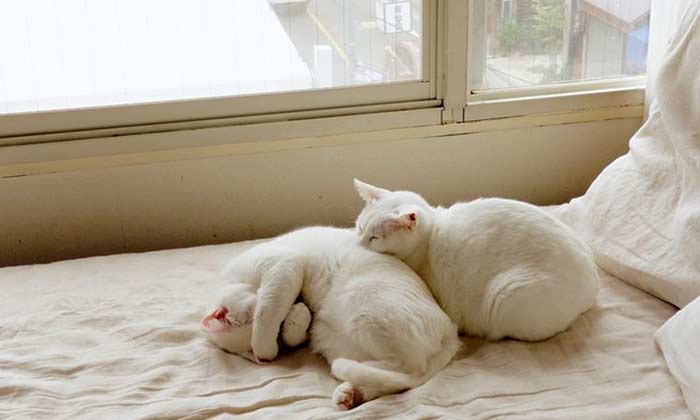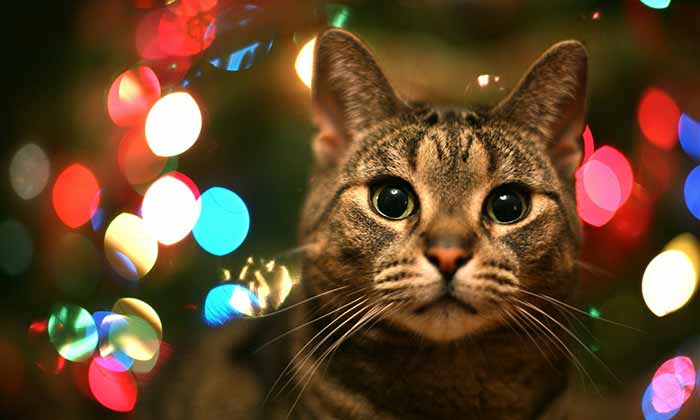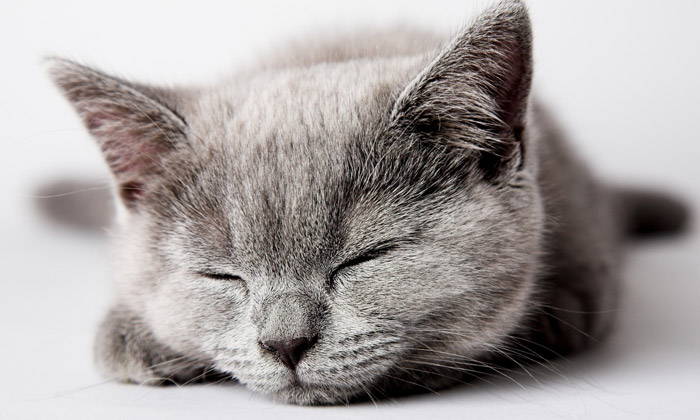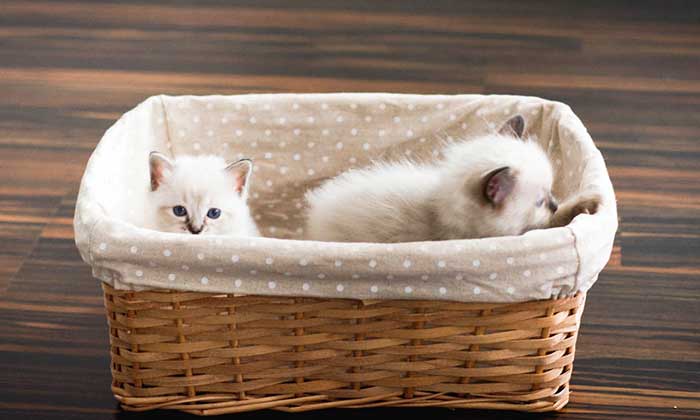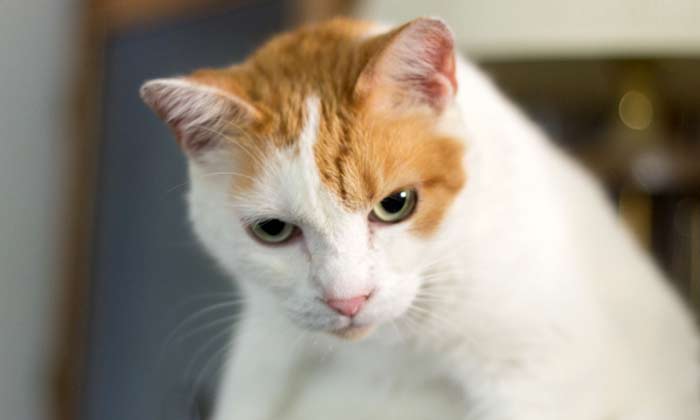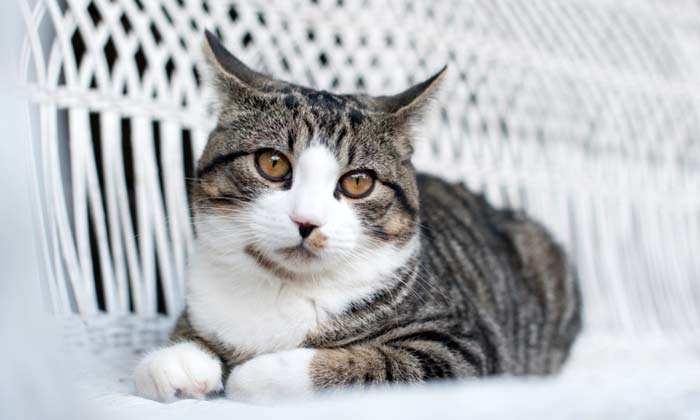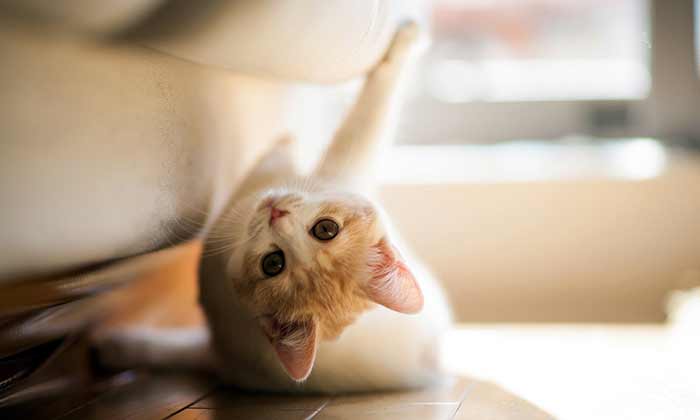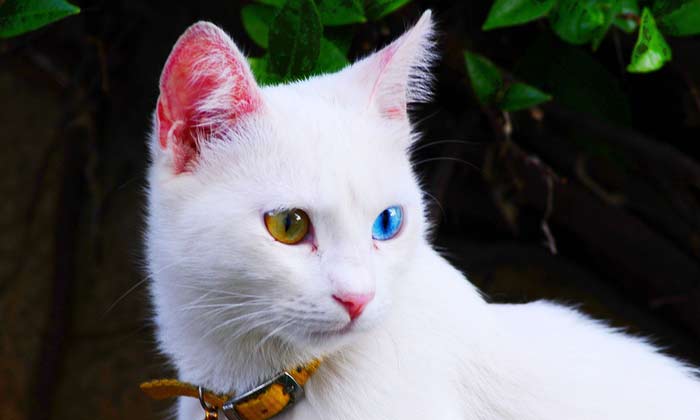How to Tell if Your Cat Is Sick – 7 Cat Illness Symptoms
Usually, when sick, cats tend to hide the symptoms of their illness so you will have to ask yourself how to tell if your cat is sick. They hide until they feel better. It is no wonder then that most cat owners find out their cat is sick later than they should.
Since most problems are easier to solve when treated in an early stage, your role in your cat’s health may be great. You should know your cat well enough to know when she needs to visit the vet based on the signals she is sending. How to tell if your cat is sick? Here we single out some of the possible signs to watch out for.
How to Tell if Your Cat Is Sick
Changes in Behavior
As mentioned, perhaps the most certain sign that your cat is ill is hiding. Cats who suffer from some illnesses often tend to lie hunched somewhere quiet.
One of the symptoms how to tell if your cat is sick may be neglecting grooming. Purring a lot may be another. Remember that cats don’t only purr when they are happy, but use it to express sickness, as well. If your cat has problems with breathing it will most probably avoid lying on the side and hold her head up. In a case of neurological problems, your cat may seem confused, experience seizures. She may manifest this by putting her head against walls, furniture or any other flat surface. Notice how this pressing is different from the affectionate one – it usually lasts longer.
Irregular Habits
 Various illnesses manifest themselves in changed habits of eating and drinking, as well as urinating and defecating. Whether these habits are increased or decreased, significant changes may imply medical problems. For example, excessive drinking may suggest that your cat suffers from some kidney disease or inflammation, even cat diabetes.
Various illnesses manifest themselves in changed habits of eating and drinking, as well as urinating and defecating. Whether these habits are increased or decreased, significant changes may imply medical problems. For example, excessive drinking may suggest that your cat suffers from some kidney disease or inflammation, even cat diabetes.
If she urinates suddenly but little and meanwhile expresses pain (by meowing or putting too much effort into the action), this can mean she has an infection or that something is blocking her urinary tract. These problems with urinating are very dangerous and especially common for male cats. Make sure to clean your litter boxes on a regular basis.
Vomiting
If your cat vomits food after eating (or just regurgitate it), this can be a signal she suffers from poisoning or other stomach problems. If this condition is repeated and lasts for more than a day, you should take her to the vet immediately. This can be especially serious if it is followed by diarrhea and exhaustion. In such case, it is best that you visit the vet rather than let things resolve themselves.
Diarrhea and Constipation: How to tell if your cat is sick and needs help
Diarrhea may be caused by different factors – anything from tension, changing diet, food sensitivity, parasites and pests, infections or other diseases. Visit a cat vet if your cat has watery diarrhea, with traces of blood or followed by vomiting.
Constipation is also a common problem. If they suffer while defecating (manifested in meowing or crying) and release only small amounts of feces, this may indicate several illnesses. To track your cat’s state, you should check the litter box every now and then.
Coughing
Different issues may cause coughing, from hairballs, allergies, heart and lung diseases to asthma or even tumor. If your cat coughs for longer than one day you should have her checked by your vet.
More serious symptoms may include repeated coughing, difficult breathing or bluish gums.
Change in Gum Color

Best ways to bond with your new cat
Gums are a good indicator for any illnesses your cat may have. Normal gums are pink and when you apply pressure to them they should become pink again two seconds after you release the pressure.
Pale gums or those who take longer to return to pink may signal that your cat is anemic, in shock or has bad circulation. Bluish gums along with bluish tongue may indicate that your cat lacks oxygen, which may be fatal. Bright red gums could be a sign of high temperature or poisoning. Yellow gums could indicate jaundice. If there are small red stains on them, your cat may have a blood-clotting issue. If she has bad breath or experiences pain, she may have tooth and gum problems, often indicated by redness of the gum line.
Abnormal Temperature
When taking your cat’s temperature, you should use a lubricant on a rectal thermometer. Some good examples of this may be petroleum jelly or personal lubricant. Then you should insert the thermometer 1-1.5 inches into the rectum. You should leave it in for from about 10 seconds to roughly a minute. Measuring time differs for different thermometers. Average cat temperature is 101 degrees, but everything from 100 to 103 degrees falls into the normal category. Temperature higher than 104 degrees or lower than 99 degrees may be a warning. However, a temperature higher than 105 degrees or lower than 96 degrees is a red alarm. In any of these cases – immediately go to your veterinarian.
In general, if you ask yourself how to tell if your cat is sick, visit the vet. It is always better to make a fuss about nothing than neglect early stages of what can be serious diseases of your cat.

